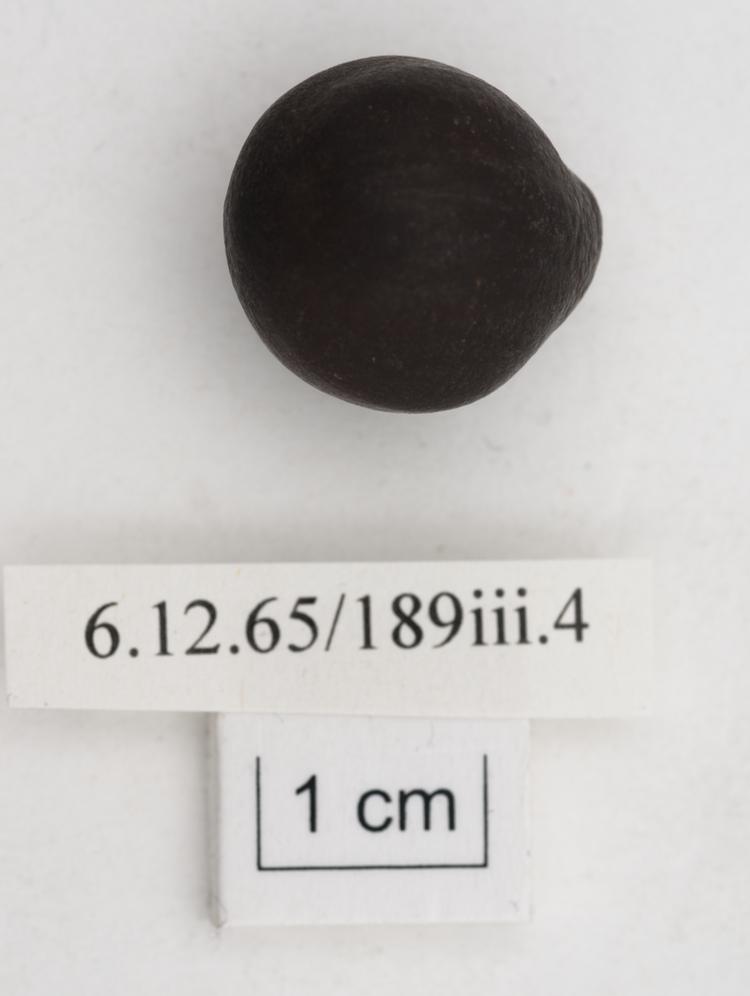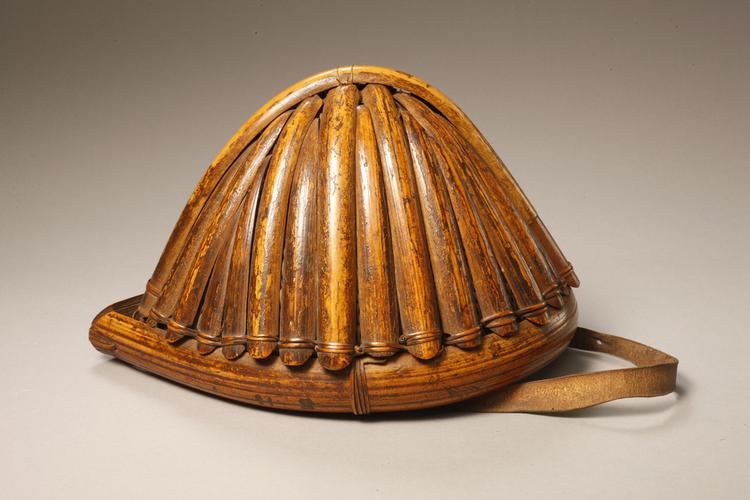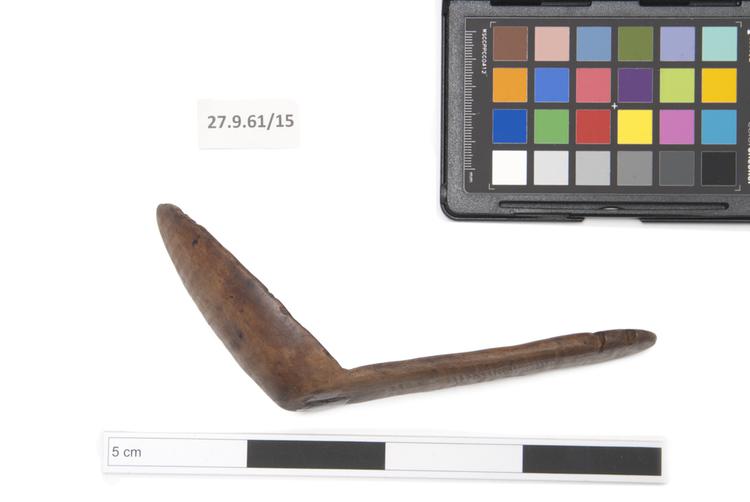Seven circular metal coins from Finland. (1) 1964. 1 markka. Obverse has large no. 1 with foliate pattern to either side and text below reading: MARKKA. Reverse has heraldic emblem of state depicting a lion with two swords. Text reads: SUOMEN TASAVALTA 1964. (2) 1963. 10 pennia. Obverse has a large number 10. On the right is a pine tree. Text below reads: PENNIA. Reverse has heraldic emblem of state depicting a lion with two swords. Text surrounding it reads: SUOMEN TASAVALTA 1963. (3) 1963. 10 pennia. Obverse has a large number 10. On the right is a pine tree. Text below reads: PENNIA. Reverse has heraldic emblem of state depicting a lion with two swords. Text surrounding it reads: SUOMEN TASAVALTA 1963. (4) 1863. 10 pennia. Obverse has the number 10 in the middle. Below is the text PENNIA. Below this is the year 1865. Surrounding this a garland of leaves or flowers. Reverse has an elaborate large capital letter A with below it the Roman number II. Above the letter A is a crown with ribbons to either side. This refers to Alexander II of Russia, grand duke of Finland. (5) 1875. 5 pennia coin. Obverse has the number 5 in the middle. Below is the text PENNIA. Below this is the year 1875. Reverse has an elaborate large capital letter A with below it the Roman number II. Above the letter A is a crown with ribbons to either side. This refers to Alexander II of Russia, grand duke of Finland. (6) 1889. 5 pennia coin. Obverse has the number 5 in the middle. Below is the text PENNIA. Below this is the year 1889. Reverse has an elaborate large capital letter A with below it the Roman number II. Above the letter A is a crown with ribbons to either side. This refers to Alexander II of Russia, grand duke of Finland. (7) 1963. 5 pennia. Obverse has the number 5 and below it the text PENNIA. To either side of the number 5 is a motif which may represent linked hands or links in a chain. Reverse has a motif of an endlesss knot with four loops. Text and year surround this: SUOMEN TASAVALTA 1963.
coins
Collection Information
These objects are only a part of our collections, of which there are more than 350,000 objects. This information comes from our collections database. Some of this is incomplete and there may be errors. This part of the website is also still under construction, so there may be some fields repeated or incorrectly formatted information.
The database retains language taken from historical documents to help research. Please note that some records may feature language and reflect systems of thinking that are outdated and offensive. The database also includes information on objects that are considered secret or sacred by some communities.
If you have any further information about objects in our collections, can suggest corrections to our information or if you see content requiring immediate action, please contact us: enquiry@horniman.ac.uk






